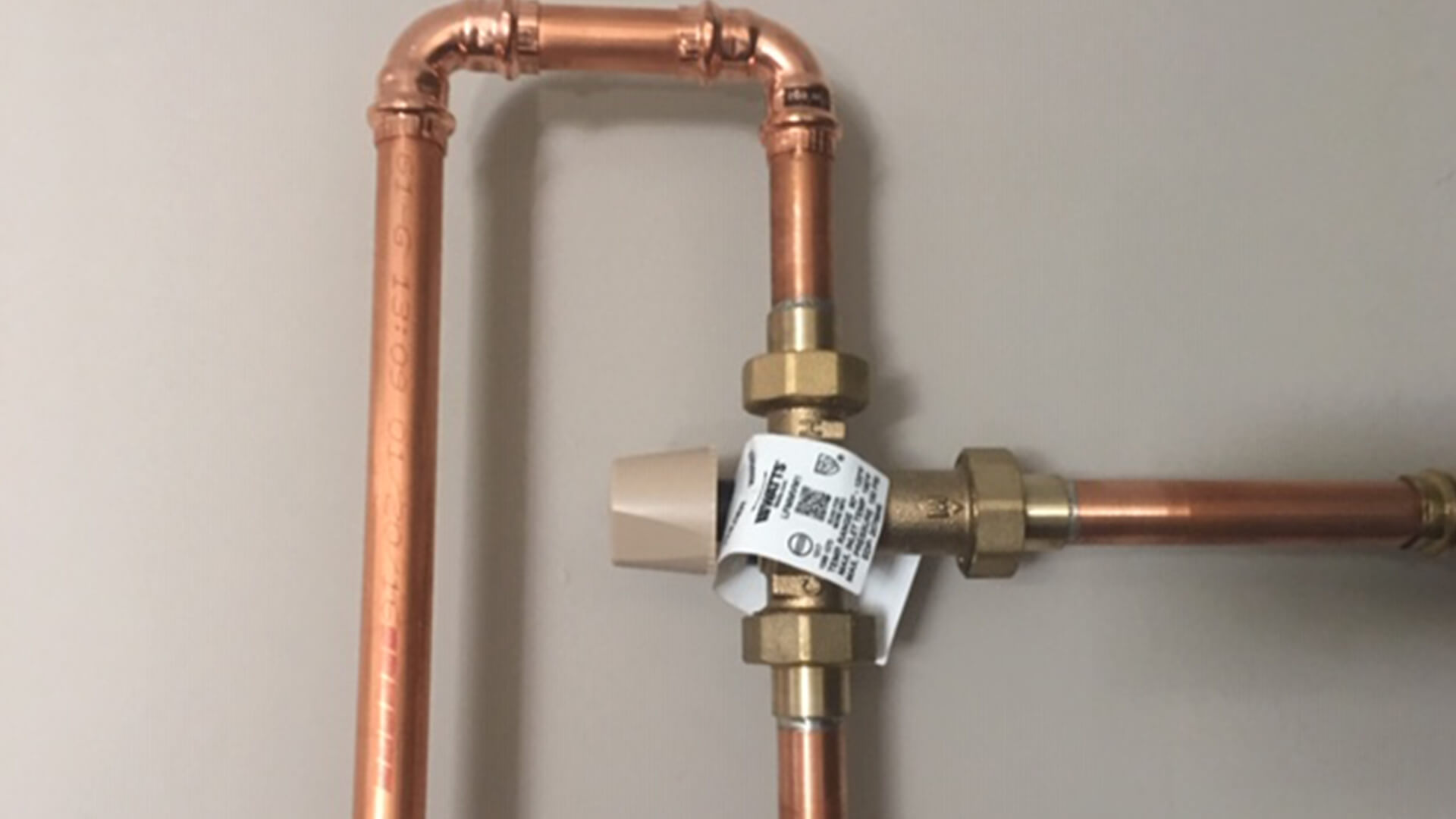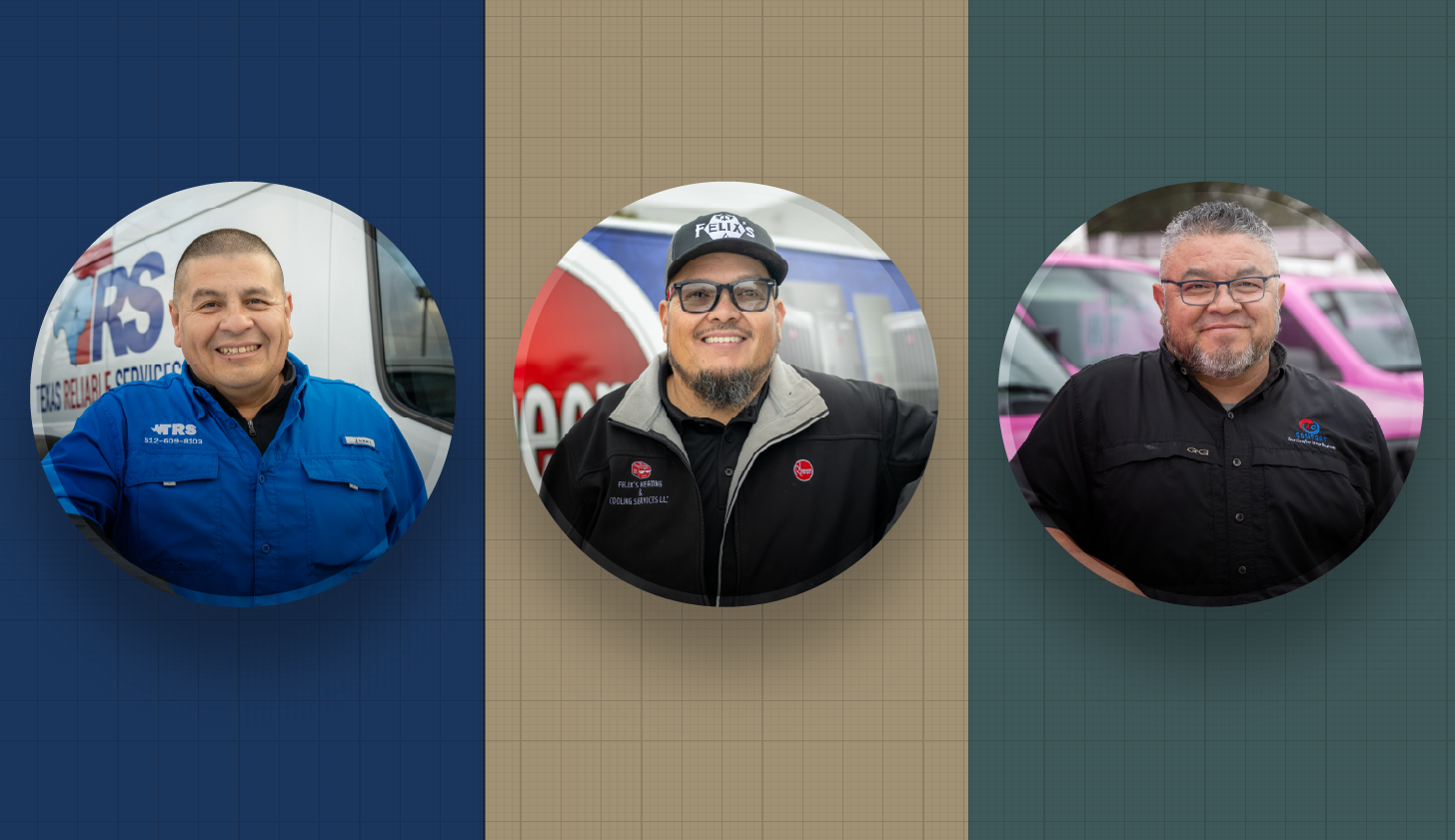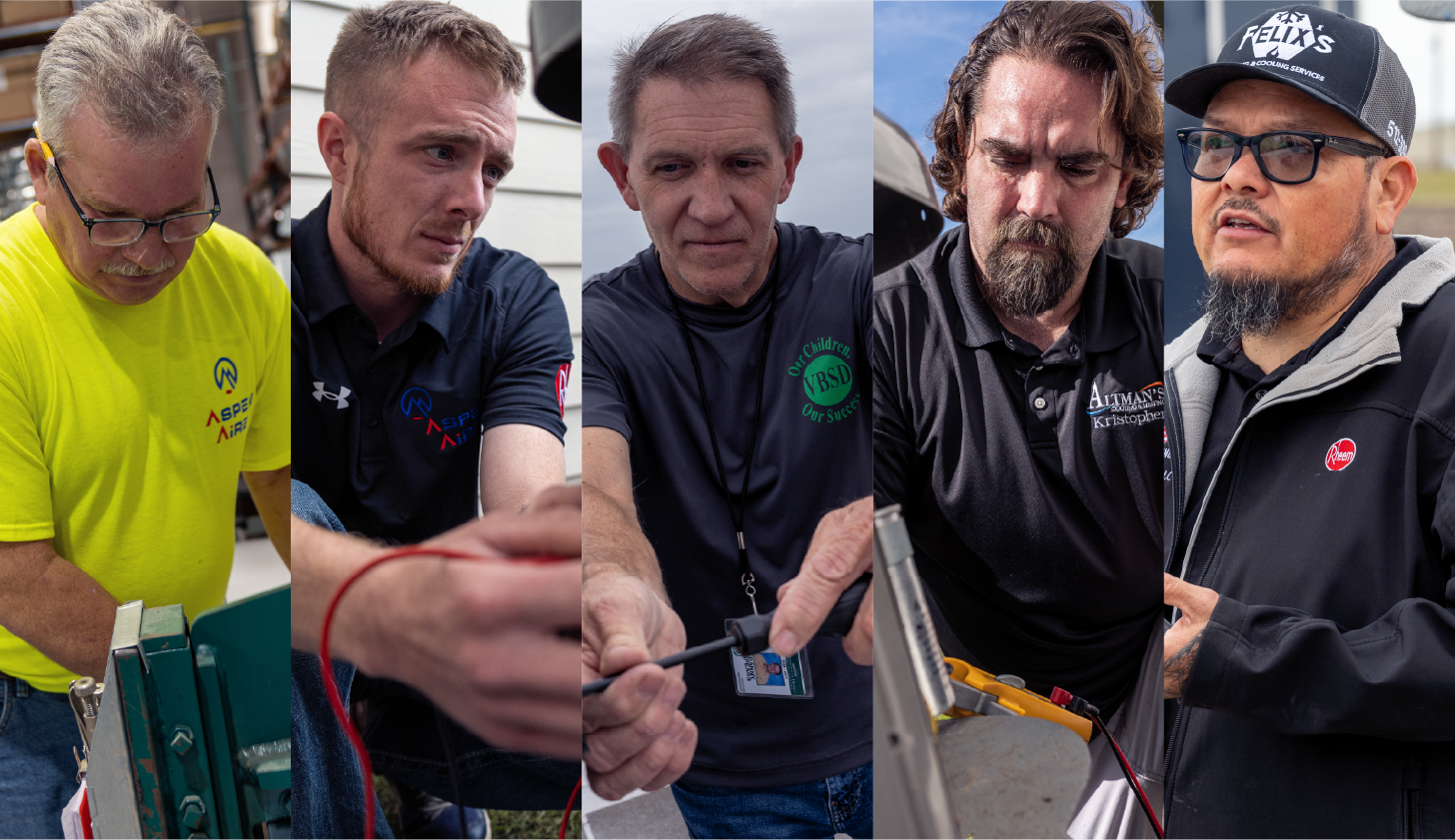How a Mixing Valve Can Get More Out of Your Water Heater
March 19, 2021
If you have a standard electric or gas tank, there are a number of things we can do to increase the amount of deliverable hot water from the simple to the complex. One of the ways to do that would be to simply increase the set-point of the thermostat so that the water stored in the tank would be hotter and would therefore go farther. For example, let’s say you crank the temperature in your tank up from 120° to 140°. It would certainly give you more deliverable hot water, but let’s take a closer look at what happens when you do that.


Blog post by Mike Henry, Rheem Plumber Support Technical Trainer and Master Plumber
If you have a standard electric or gas tank, there are a number of things we can do to increase the amount of deliverable hot water from the simple to the complex. One of the ways to do that would be to simply increase the set-point of the thermostat so that the water stored in the tank would be hotter and would therefore go farther. For example, let’s say you crank the temperature in your tank up from 120° to 140°. It would certainly give you more deliverable hot water, but let’s take a closer look at what happens when you do that.
A Few Reasons Not to Turn Up the Temperature
1. The higher the temperature of the water in the tank, the faster the rate of corrosion of the tank itself. This equates to:
- More frequent checking and replacing of the sacrificial anode rod
- More frequent flushing out of the accumulated mineral deposits
- In electric models, more frequent failure of the heating elements
- Ultimately, a shorter lifespan of the tank
2. The higher the temperature of the water in the tank, the less efficient the water heater becomes due to:
- Higher standby heat loss
- Longer recovery times
- Again, those mineral deposits creating a barrier between the heat source and the water
- Higher temperatures that have to be sustained during extended periods of non-use (i.e. weekends, vacations)
3. The higher temperature of the water in the tank, the higher the probability of someone getting burned. The time it takes to acquire a serious burn is:
- 120° = more than 5 minutes
- 125° = 1-1/2 to 2 minutes
- 130° = about 30 seconds
- 140° = less than 5 seconds
- 150° = about 1-1/2 seconds
- 160° = 1/2 second
Why a Mixing Valve Is a Great Option
As for this last point, we can help safeguard against potentially hazardous conditions simply by installing a mixing valve. A mixing valve is a mechanical device that mixes cold water with hot water to deliver mixed, or tempered, water downstream (think of your shower valve). These devices can be put directly onto the water heater outlet so that the tempered water gets delivered everywhere. As another option, individual mixing valves can be installed at certain points of use to ensure that the tempered water is delivered to that specific location. Taking a look specifically at the mixing valves that install at the water heater outlet, they are relatively easy to install, adjustable and fairly inexpensive.
How It Works
The water heater thermostat is turned up to 140°, thus providing a tank full of 140° water. Then as water is drawn out, the mixing valve mixes cold water with that very hot water to deliver whatever temperature the homeowner chooses as their set point, which is usually 120°. This process gives the homeowner more deliverable hot water because it takes less of the stored water to produce it. They do require maintenance (cleaning) to keep them working properly. The normal lifespan for these devices is 5-6 years.
One downside is that they typically fail gradually and, in doing so, tend to allow more hot water through them. Because this is gradual, the end user might not recognize the change and could be subjecting themselves to hotter-than-safe water temperatures. So, make sure to watch for that and test the water temperature periodically.
In Conclusion
All in all, increasing the set-point temperature and adding a mixing valve is not a bad option for someone that’s looking to get more hot water from their tank-type water heater (without going to a larger tank or using more expensive technology).
Check out an article about another option that Mike likes even better.
Mike Henry is one of Rheem’s technical trainers for plumbers. He’s a third-generation plumber who managed his own business for many years and enjoyed working in the field. He maintains Master Plumber licenses in Georgia and Florida.
Follow us on social to stay up to date on all of our useful blog content.
Facebook @RheemWater
Instagram @RheemWater
X @Rheem_Water
Plumbers’ Exchange Facebook Group for Plumbers @Plumbers.Exchange







